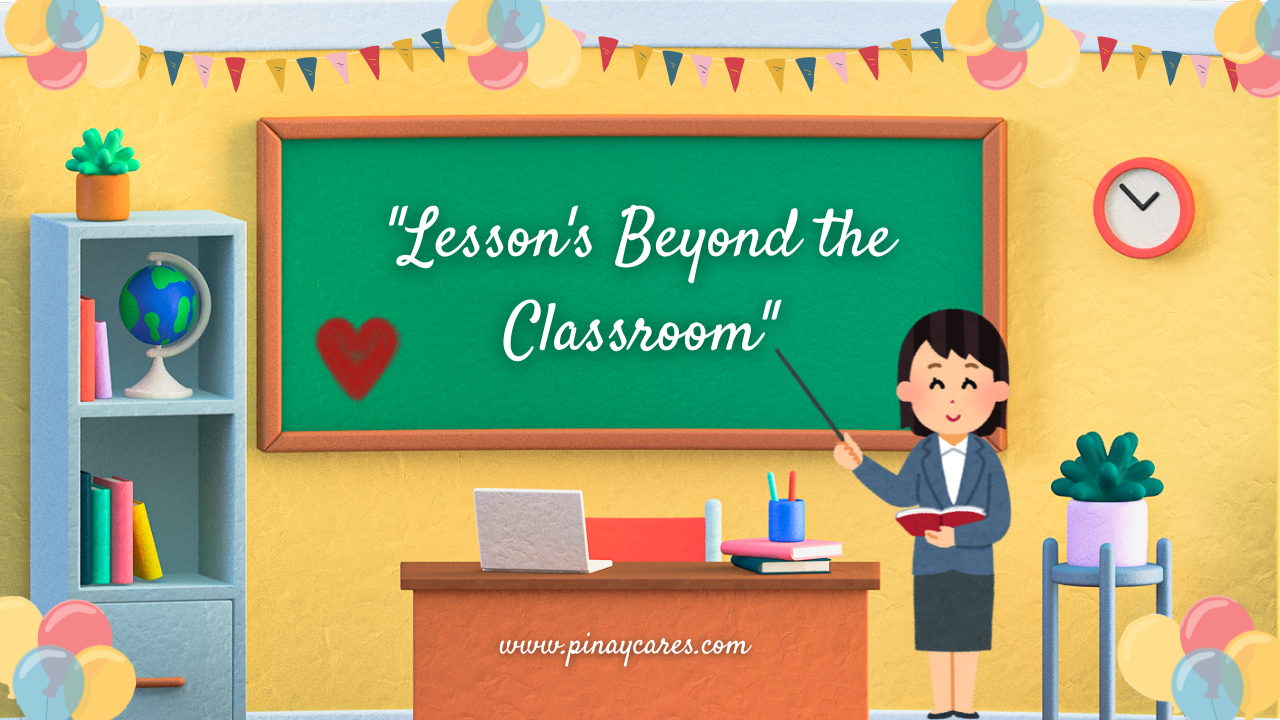Every morning at 7:15 am Ms. Clarisse Reyes boarded her bike and pedaled through the quiet streets of Osaka, Japan. She passed by blooming cherry blossoms in spring, fiery maples in autumn, and thick snowdrifts in winter. With her satchel full of lesson plans and markers, she was always early just like she had been taught back in her childhood school in Laguna.
Clarrise had always dreamed of being a teacher. In the Philippines, she worked in a public elementary school for five years. She loved her students, the simplicity of the classroom, and the joy of watching children grow. But with her father bedridden and her two siblings still in school, her modest salary was stretched too thin.
When the Japan Exchange and Teaching (JET) Programme opened applications for Assistant Language Teachers, she took a chance. The idea of living in a foreign country with a different language and culture scared her but the chance to earn more and grow professionally pushed her to apply. To her surprise, she was accepted.
Arriving in Japan was like entering another world. Clean, orderly, quiet but also lonely. At first, everything felt unfamiliar, the food, the weather, the silence of her apartment. The language barrier made everyday tasks like buying groceries or asking directions a challenge. She missed the noisy chaos of home, the sound of her mother cooking, and the laughter of her students in Laguna.
Her new school assigned her to teach English to junior high students. The classrooms were high-tech, the students reserved, and the expectations high. At first, her attempts to liven up classes with Filipino energy were met with blank stares. But she didn’t give up. She learned a few basic Japanese phrases, studied their culture, and slowly adjusted her teaching style. She introduced games, songs, and stories that made English fun and relatable.
Little by little, her students began to open up. They giggled when she mispronounced Japanese words and eagerly asked her about Filipino food and fiestas. Some even stayed after class just to chat. Her coworkers, once distant, started inviting her to lunch and community events.
Outside the classroom, Clarisse kept busy. She volunteered at weekend language exchanges and sent home 70% of her salary. With her help, her father was able to get regular checkups, her siblings finished college, and they began renovating their small house in Laguna.
Still, life abroad had its lonely days. On holidays, she stayed behind while others traveled home. She spent New Years’s video calling her family, watching them eat pancit and leche flan through a phone screen. Yet, despite the distance, she always reminded herself why she left to give her family a better life.
Three years passed quickly. By then, Clarisse was fluent in conversational Japanese and had become a beloved figure at school. Her students made her a farewell scrapbook filled with letters and doodles. One wrote, Sensei, you made me believe I could speak English. Thank you for believing in me.
Back in the Philippines, Clarisse used her savings to open a small ESL center for out of school youth. She named it, Bridge Language House, inspired by her time in Japan where she had not only taught English, but built bridges of understanding.
Because in the end, Clarrise’s journey was never just about teaching grammar it was about connection, courage, and coming full circle.



